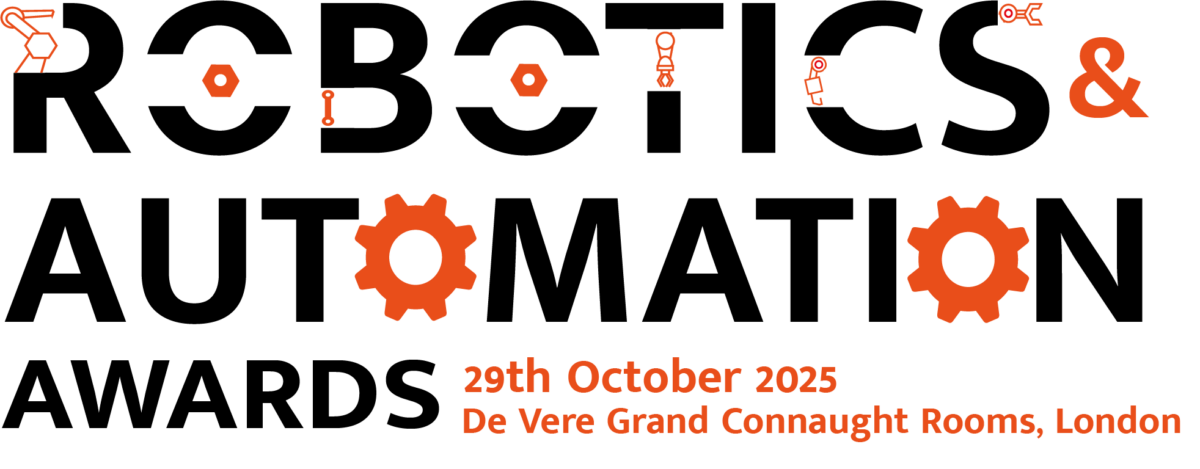Physicist Stephen Hawking has predicted a future with “machines whose intelligence exceeds ours by more than ours exceeds that of snails”. so, how could technology available today transform fulfilment? By Penelope Ody

Anyone doubting the effect our digital age is having on the retail sector had only to spend some time at last month’s Retail Business Technology Expo. Certainly there were plenty of EPoS terminals, barcode scanners and payment card readers on offer but so, too, were a plethora of tablet and mobile apps, RFID solutions, digital signage, numerous cloud-based tools, assorted near-field communications (NFC) systems and – inevitably – even a couple of robots.
The lengthy list of conference sessions also pointed to this new age: mobile, yet more RFID, smartphone shopping, online marketplaces, digital customer services, digital consumers, “digital transformation” and of course “the internet of things”.
David Roth, CEO of The Store – the global retail practice at marketing giant WPP – was one of several speakers looking at the future of retailing. From a supply chain perspective, perhaps his take on “smart packaging” was the most intriguing. Those with long memories will recall a futuristic scenario pitched way back in the early ‘90s about the waste-bin that could read barcodes to re-order your toothpaste when you threw the packet away. In the smart packaging world of tomorrow this concept is positively antediluvian. Tomorrow’s smart packaging designers use conductive ink – and no doubt some clever nanotechnology as well – to create cartons capable of storing all sorts of data. Touch the spaghetti packet with your smartphone, runs the demo, and it will pick up not only recipes but money off vouchers. Allow your washing powder to fall below a certain level then the box will weigh itself, realise the shortfall, and add another to your online shopping list automatically. In the Internet of things the various jars, bottles and packets in your store cupboard will communicate not only with your smartphone or laptop, but with each other and the wider world. And no, this is not some far-fetched scenario: US-firm T-Ink has been printing its clever inks on all sorts of things starting with T-shirts that made different sounds when pressed way back in 2001.
Implications

From a supply chain perspective, “smart packaging”, as described by Roth, could have other implications: as an alternative to RFID, perhaps, and if boxes can weigh themselves and also provide information about their contents, then how could that affect warehouse pick systems or sortation at carrier’s depots? Futurists increasingly predict that a great many jobs are going to disappear in the next couple of decades as artificial intelligence and robotics take over. Shall we see warehouses totally automated in future with robots able to recognise items by checking on their smart packaging thus making every pick product perfect?
Robots are already hard at work at Auckland Airport replacing store assistants and delivering click-and-collect orders by automatically opening locker doors, extracting the bagged contents and delivering the duty-free goodies to customers, who have previously placed online orders and arrive at the Aelia Duty Free store to collect them. The robotic arm weights 11 tonnes so needs a reinforced floor but once customers have scanned their order slip it takes just 30 seconds for the robot to retrieve the order – significantly faster that a human sales assistant could do it. According to Lewis Allen, director of environments with system developer Portland Design “Robot assisted shopping introduces that all-important wow factor, while pointing the way to a more automated but simultaneously personalised future in retail”.
Clever packaging and robots may transform supply chains tomorrow, but with Internet shopping now accounting for 40 or 50 per cent of sales at some chains, current retail priorities still focus on streamlining fulfilment. Locker systems – operated by shoppers rather than robots and already widely used elsewhere in Europe – could help. “Intelligent Click-and-Collect” from Apex and Herbert, also demonstrated at RBTE, uses cloud-based software linked to an automated locker system. Shoppers download the app, place their online order, specify when and where they want to collect; pay; and then turn up at the locker scan their phone for the code sent when they paid and – hey presto – a locker will flip open to reveal their goodies. Lockers can be placed outside stores so that shoppers can collect their goods when they choose. Such lockers could cut down on queues and staff time at busy collection desks; but they are still dependent on the goods being available at the specified location when the shopper places an order. For most retailers such store fulfilment is still almost impossible thanks to poor real-time stock visibility, so click-and-collect orders are sent from the central warehouse by courier. Obviously it is just as easy – possibly easier – for the courier to load the parcel into a locker, especially for next day collection when deliveries can be made overnight regardless of whether the store is open or not.
With Walmart already testing the use of drones operated from a delivery truck, one only has to add driverless cars – due to appear on a road near you within the next 18 months – robotic arms, clever lockers and even cleverer inks and who knows what retail fulfilment will be like five years from now?






